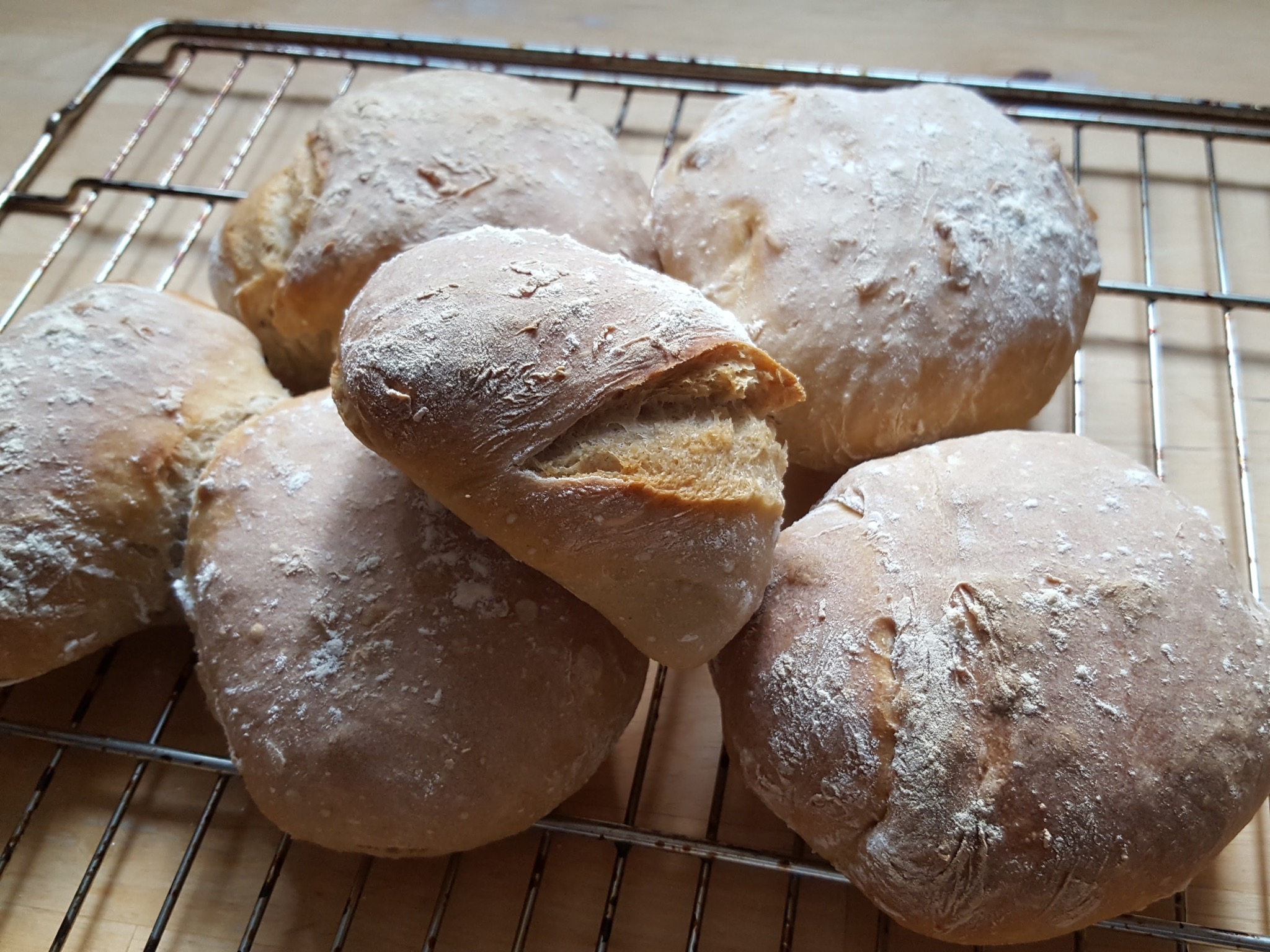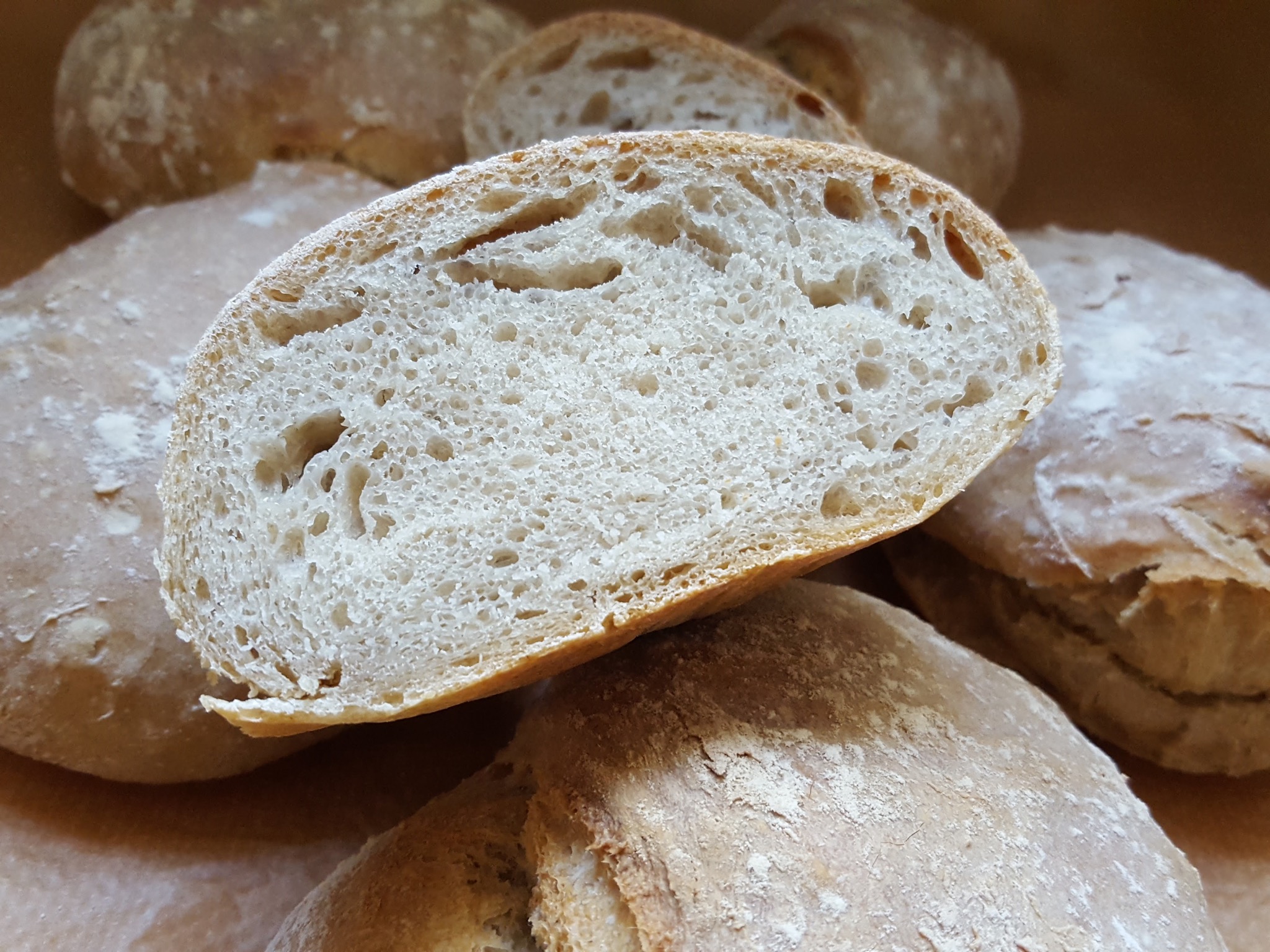I regularly bake my own bread and recently I shared my sourdogh culture with a collegue. Seeing his first loaf reminded me of my early attempts and inspired me to write this post to get him going on a second try. I am a big fan of the lazy no-knead breads which sit overnight and use autolysis to form the gluten. This recipie is for a basic bread using this the no-knead technique and it can be made into either a loaf, mini baguettes or rolls (a.k.a Brötchen or Semmel around here).
I don’t know where I got the original recipie, but this version is what I have hanging on my fridge. Usually I bake something along these lines, but it is more to see as an easy starting point for experimentation. It produces a regular, no-frills bread and it is to succeed with. A good basic bread!
Ingredients
- 400g Wheat flour, intended for bread doughs (Type 550 in Germany)
- 100g Regular Rye flour, Type 1150 in Germany. Can be exchanged for Dinkel, more Wheat etc. Add for taste.
- 6-10g Salt, preferably without added iodine to not kill off the yeast. More salt —> Tastier bread!
- 340g Water (the exact amount will vary with the flour used, air humidity etc)
- Yeast in some form, (pick one of the following)
Preparation
- Mix the dry ingredients 500g flour and a pinch of salt.
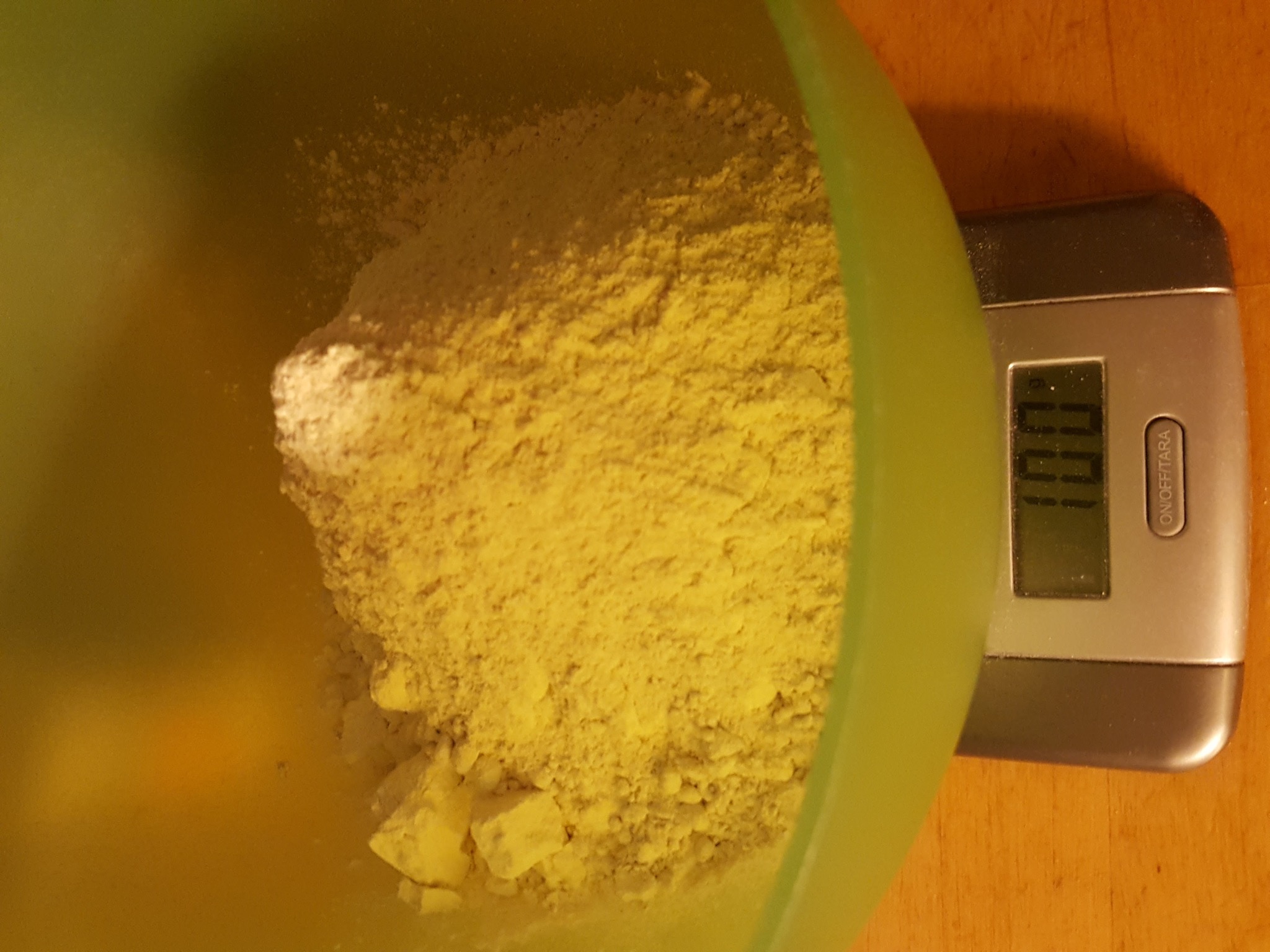
- Add water and stir The exact amount of water will vary and it is strictly not critical. Less water will yeld a firmer dough and more a more sticky one.

- Add yeast mixture The exact amount of water will vary and it is strictly not critical. Less water will yeld a firmer dough and more a more sticky one. Because I am lazy, I sometimes just dump this in first and then add the rest.
The picuture shows some poolish I started from dry yeast.
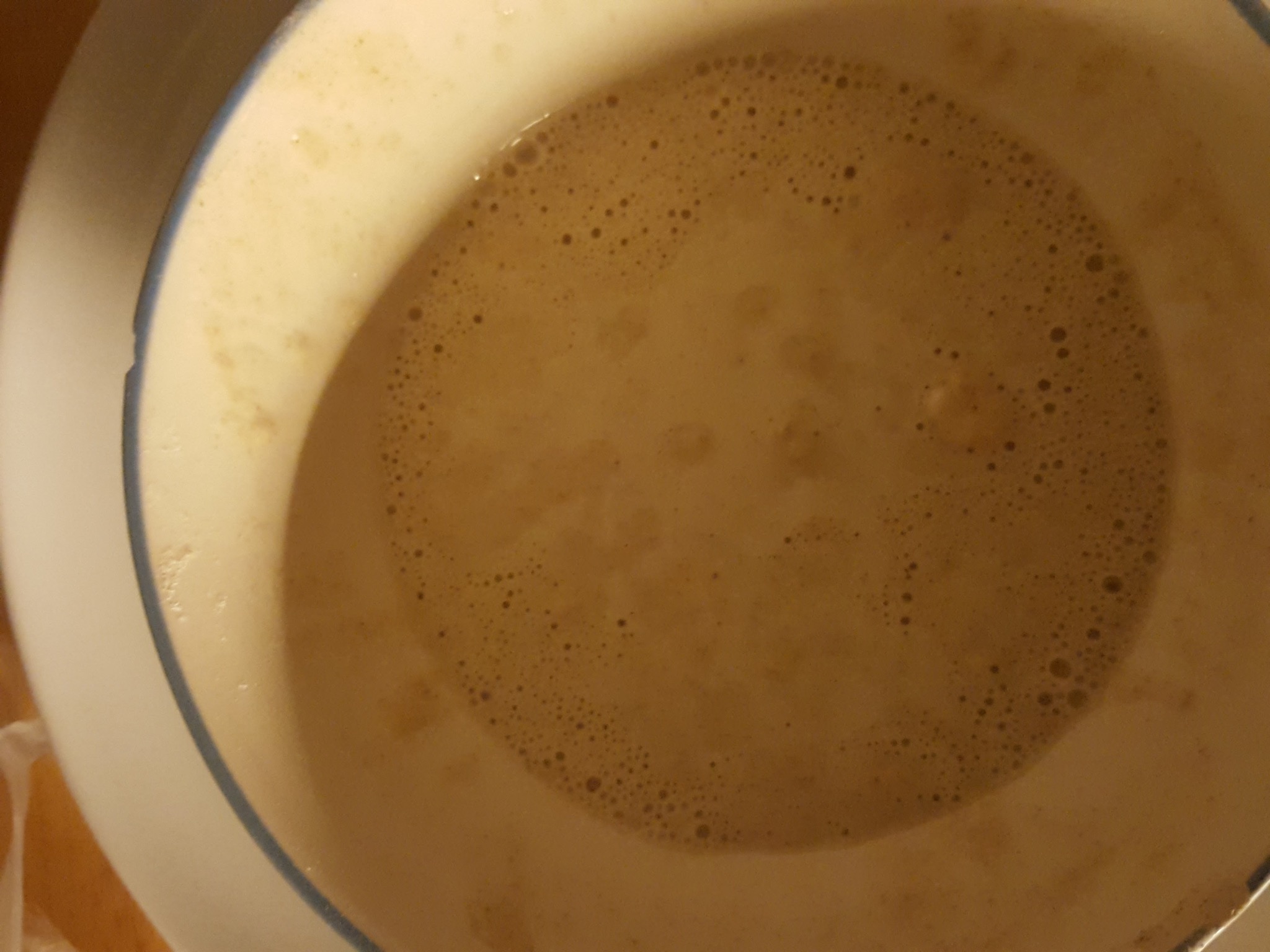
- Work into a craggy dough This is is where you can either add more flour or more water depending on which way the dough seems to go. I usually go for a dough that is not runny at all, but not really firm either.
Working the dough more, will from some initial gluten, but it is not required.
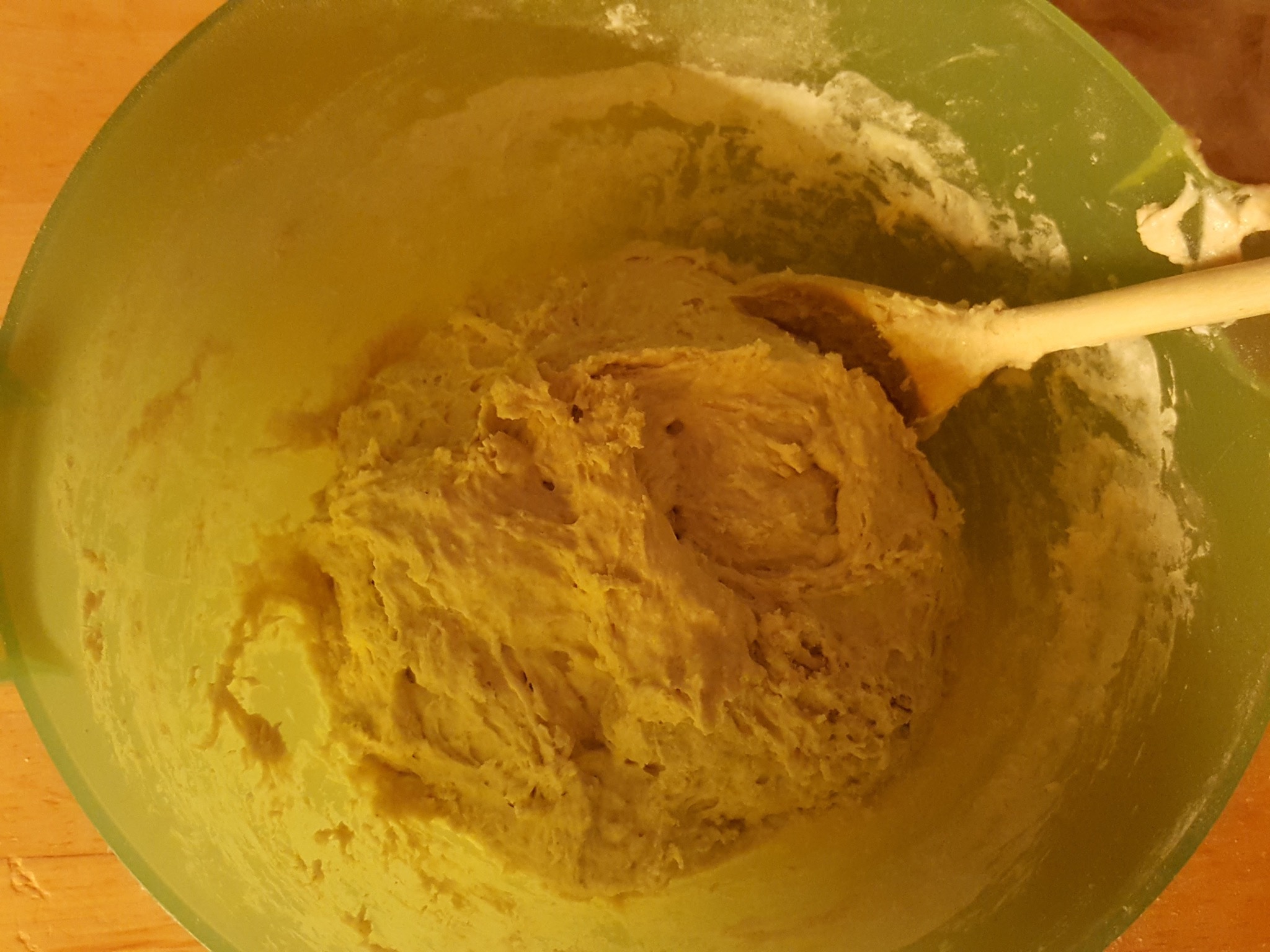
- Cover and put away for 8-12h (overnight) You cover the dough to prevent it from drying up and forming a crust and also to protect it from dust and dirt.
Put it in the fridge for a slower ferment and leave out on your counter top for a quicker raise.
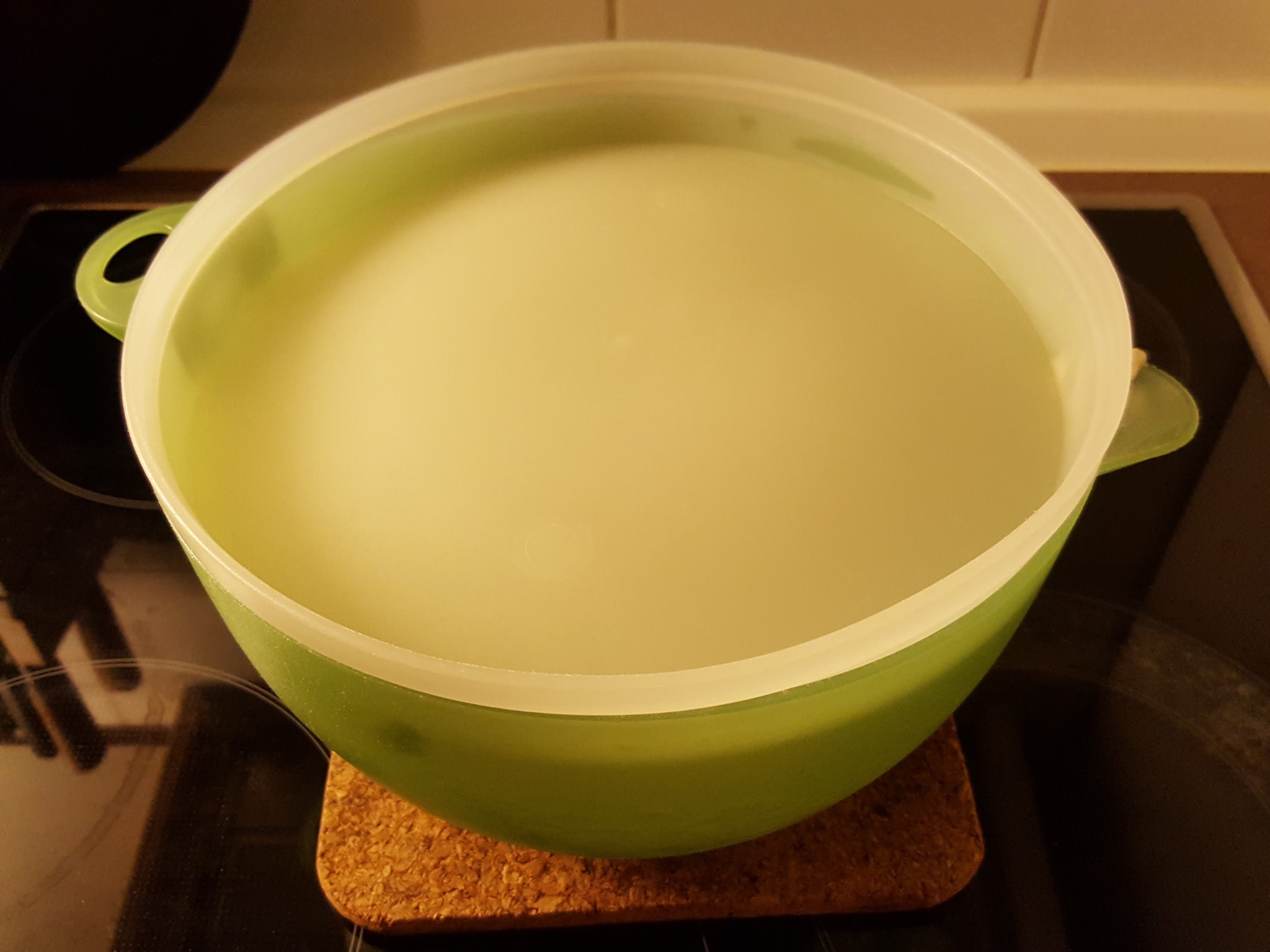
- Reward yourself for having made it this far It’s evening. Probably Friday or Saturday night. You deserve it!

Baking
- Put the oven on highest Whatever your oven will go to, use that temperature. It cannot be too hot. Mine goes to 250C and that is what I use. Only for larger loafs, you might have to turn it down to 200C or so after the initial 30min.
If you bake in a dutch oven, this is the time to put the cast iron pot in as well, but since this recipie is for the basics, don’t bother.
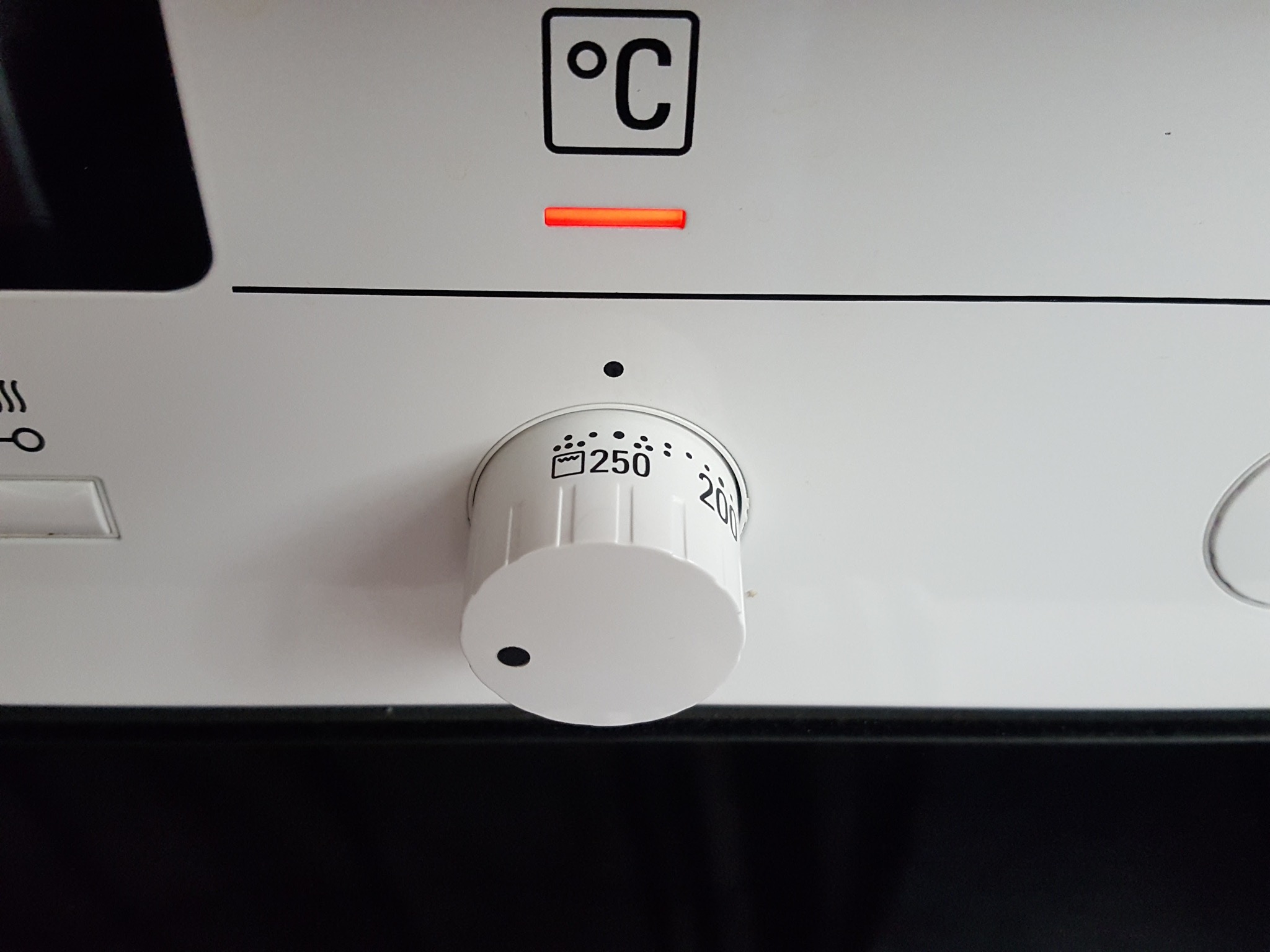
- Form the bread(s) Dust your work area wih flour and pour the dough. Carefully streach and fold the dough over a couple of times, but don’t kneed it. After that, form some breads. Smaller ones will bake faster. A single loaf longer (see below).
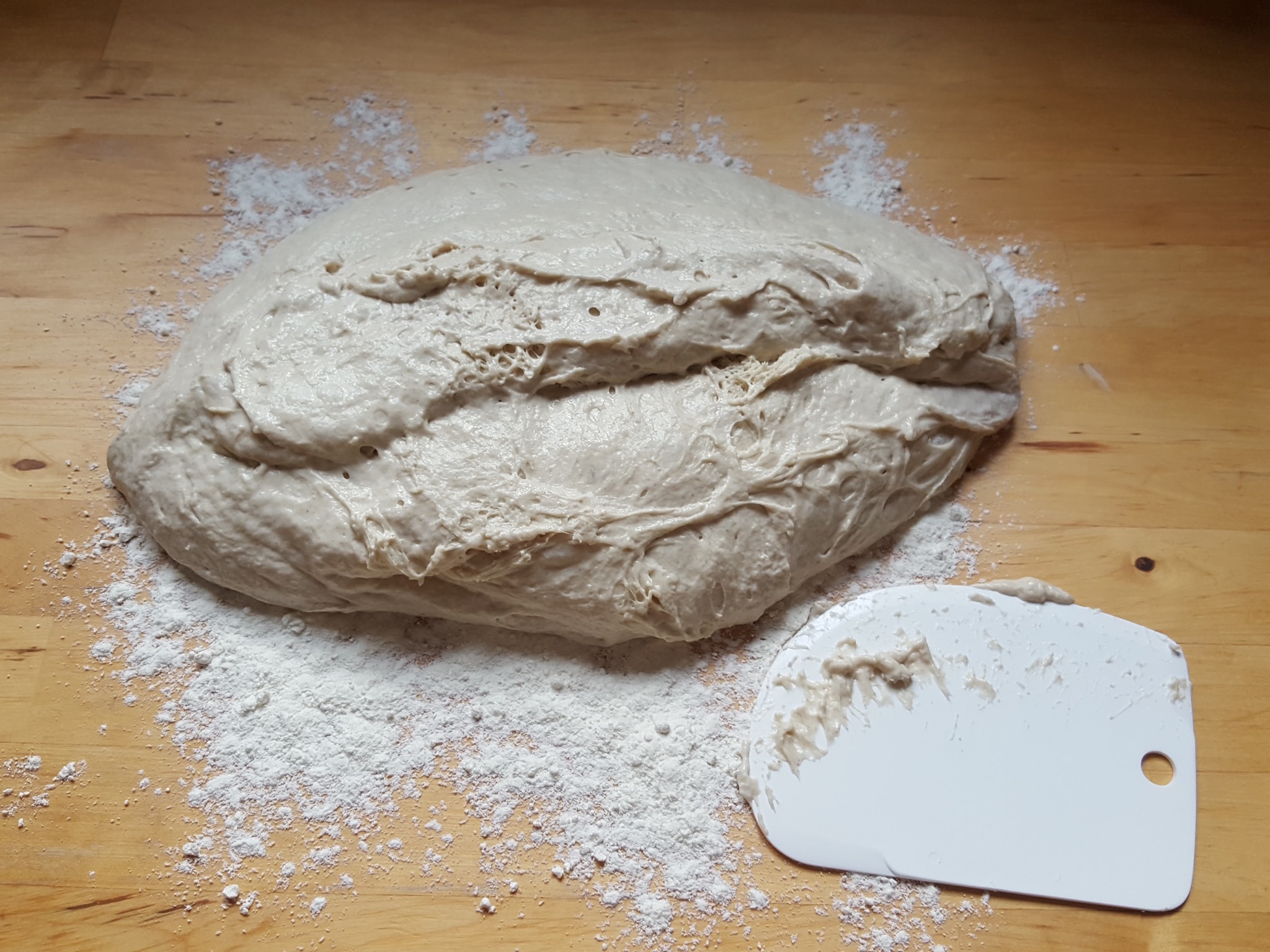
- Let rest for about 30min Let the formed breads rest. They will not change in size significantly and this step can be longer. The point is to let the yeast do some more work and let things set a little.
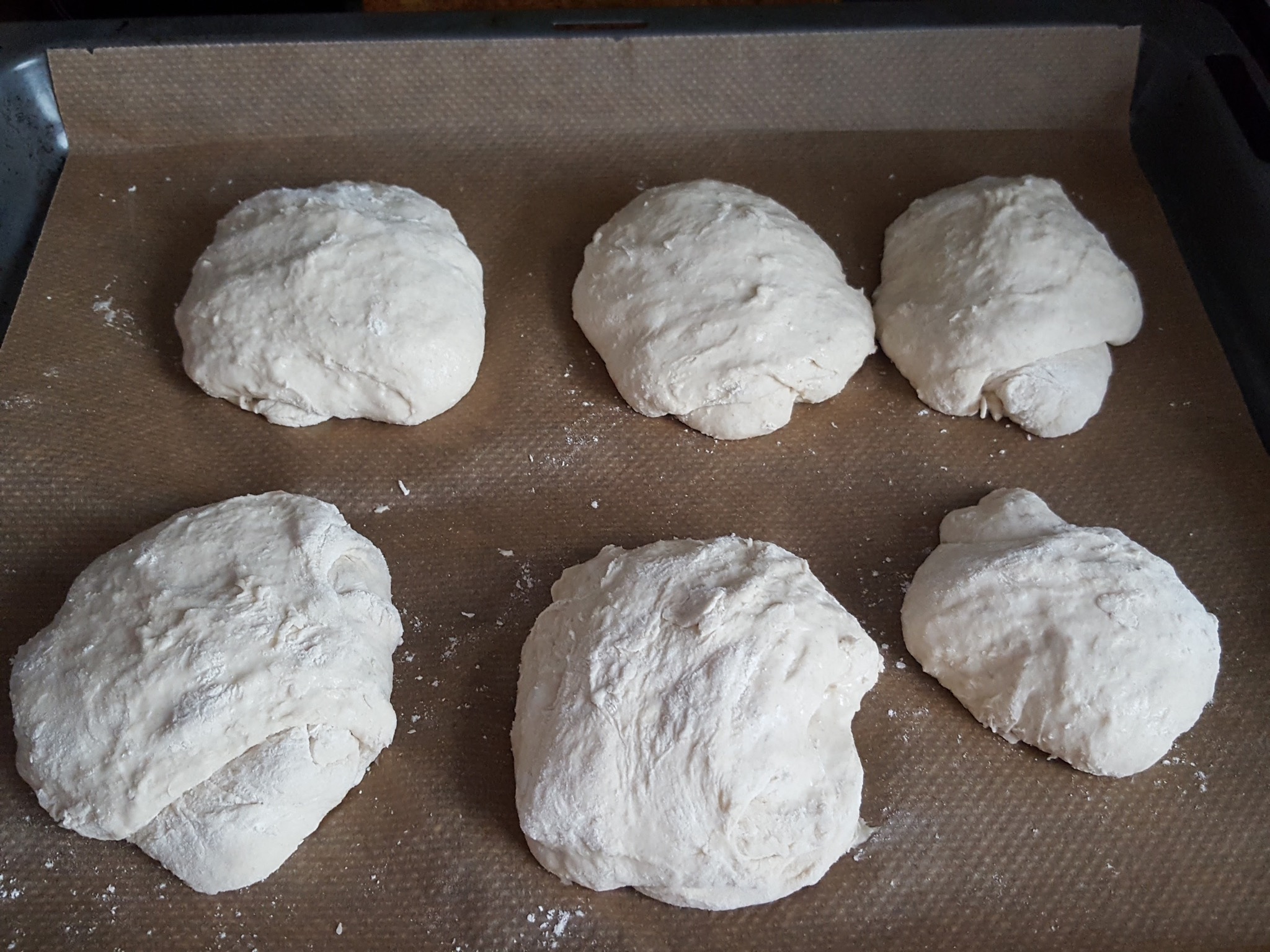
- Bake in oven, take out, let rest The bread needs to reach an inner temperature of around 95C, but a longer time in the oven is better than too short. It also depends a lot on the oven. Bake the same bread a couple of times and you will see.
Let the bread rest until it has cooled significantly down before cutting it.
Rough time guidelines
- Brötchen (rolls). 35-40min
- Mini baguettes. 40-50min
- Loaf (one big). 45-55min (you might want to drop the temp to 200C after 30min. Check the crust color.)
